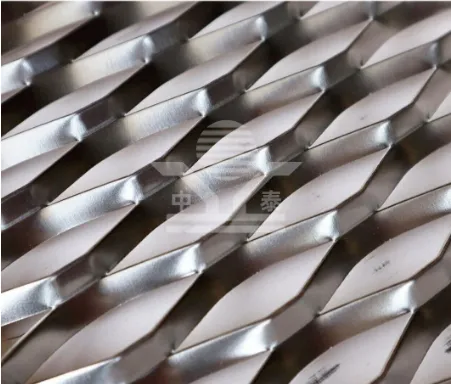Construction Site Security Fencing Ensuring Safety and Protection
In the realm of construction, security is a paramount concern. Construction sites are often bustling hubs of activity, attracting workers, machinery, and valuable materials. However, they also pose significant risks if left unprotected. Unauthorized access can lead to accidents, theft, and damage, making it essential for construction companies to implement robust security measures. Among these, construction site security fencing stands out as a crucial component in safeguarding both property and personnel.
The Importance of Security Fencing
A well-designed security fence serves multiple purposes on a construction site. First and foremost, it acts as a physical barrier, preventing unauthorized individuals from entering the site. This is particularly important for large projects where hazards are abundant, such as heavy machinery, deep excavations, and hazardous materials. By restricting access, security fencing helps reduce the likelihood of accidents and injuries, thereby promoting a safer work environment.
Moreover, security fencing deters theft and vandalism. Construction sites often house valuable equipment and materials that can be tempting targets for thieves. Implementing durable fencing can significantly reduce the chances of theft, as it adds an additional layer of difficulty for would-be assailants. This is especially important given the rising costs of construction materials and equipment, which can place a serious financial burden on contractors and developers.
Types of Security Fencing
When selecting security fencing for a construction site, it is essential to consider the various options available. The choice of fencing will largely depend on the specific needs of the project, including its size, location, and the level of security required.
1. Chain Link Fencing This is one of the most common types of construction site fencing. Chain link fences are relatively inexpensive, easy to install, and provide a good level of visibility. While they may not be the most robust option, adding barbed wire or privacy slats can enhance their security capabilities.
2. Construction Hoarding Often seen in urban environments, construction hoarding consists of solid panels that enclose a site. It provides a higher level of security than chain link fencing and serves as a canvas for advertising, displaying information about the project, or enhancing the aesthetic of the area. Hoardings can also minimize noise and dust pollution from the site, contributing to a more pleasant environment for nearby residents and businesses.
construction site security fencing

3. Temporary Security Fencing In addition to traditional fencing options, temporary security fencing can be deployed for short-term projects or in specific areas of a larger construction site. This type of fencing is easy to set up and dismantle, making it a flexible option for contractors who may require a quick solution.
4. Electronic Fencing For high-security sites, electronic fencing systems can be employed. These may include motion sensors, alarms, and video surveillance to monitor the site continuously. Such systems are ideal for valuable projects where the risk of theft or vandalism is significant.
Best Practices for Implementing Security Fencing
When implementing security fencing, it's crucial to adhere to best practices to maximize its effectiveness. These include
- Regular Inspections Regularly inspect the fencing for damage or breaches and ensure that it is properly maintained. Any weaknesses should be addressed immediately. - Proper Signage Clear signage indicating that the area is under surveillance and unauthorized access is prohibited can further deter intruders. - Lighting and Surveillance Integrating lighting and surveillance cameras around the perimeter of the security fencing can enhance safety. Proper lighting can illuminate dark areas, while cameras provide constant monitoring.
- Training for Personnel Educating workers about the importance of site security and their role in maintaining it can foster a culture of safety and vigilance.
Conclusion
In conclusion, construction site security fencing is an essential aspect of construction management, providing protection for both people and property. By investing in appropriate fencing solutions and implementing best practices, construction companies can substantially mitigate risks associated with unauthorized access, theft, and accidents. As the industry continues to evolve, prioritizing site security will ensure that construction projects remain safe, efficient, and successful.
-
Why Galvanized Trench Cover Steel Grating Resists Corrosion
NewsJul.10,2025
-
The Versatility and Strength of Stainless Expanded Metal Mesh
NewsJul.10,2025
-
Load Calculations in Steel Grating Platforms
NewsJul.10,2025
-
Keeping Pets and Kids Safe with Chicken Wire Deck Railing
NewsJul.10,2025
-
Hole Diameter and Pitch for Round Perforated Metal Sheets
NewsJul.10,2025
-
Aluminium Diamond Mesh in Modern Architecture
NewsJul.10,2025
Subscribe now!
Stay up to date with the latest on Fry Steeland industry news.

